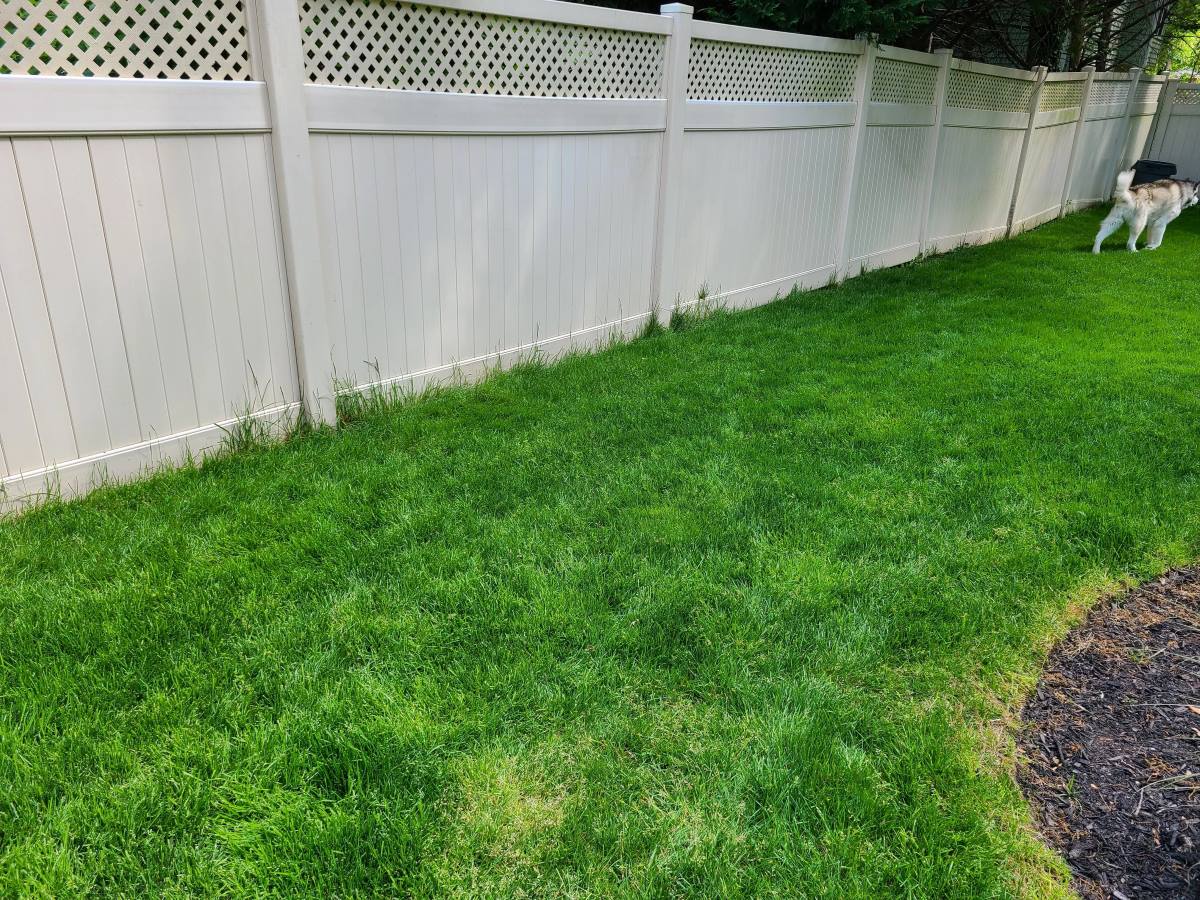

Articles
How To Trim Grass Around A Vinyl Fence
Modified: September 2, 2024
Discover helpful articles on how to trim grass around a vinyl fence for a neatly maintained backyard. Find expert tips and techniques to tackle this task efficiently.
(Many of the links in this article redirect to a specific reviewed product. Your purchase of these products through affiliate links helps to generate commission for Storables.com, at no extra cost. Learn more)
Introduction
When it comes to maintaining the appearance and functionality of your vinyl fence, trimming the grass around it is an essential task. Not only does it enhance the curb appeal of your property, but it also helps to prevent any damage to the fence caused by overgrown vegetation. However, proper techniques and safety precautions should be followed to ensure a successful and safe trim.
In this article, we will guide you through the step-by-step process of trimming grass around a vinyl fence. We will also discuss the necessary tools and equipment needed for the job. By following these instructions, you can achieve a well-manicured lawn and preserve the integrity of your vinyl fence.
Before we begin, it’s important to mention that safety should always be your top priority. Make sure to wear appropriate protective gear, such as gloves, safety glasses, and closed-toe shoes, to prevent any injuries during the trimming process.
Now, let’s gather the tools and equipment needed for the task.
Key Takeaways:
- Maintain a safe and efficient trimming process by clearing the area, using the right tools, and prioritizing safety. Achieve a well-manicured lawn and preserve the integrity of your vinyl fence.
- Transform the task of trimming grass around a vinyl fence into a satisfying and rewarding experience. Enjoy the process of maintaining a well-groomed lawn and showcasing your beautiful vinyl fence to its fullest potential.
Read more: How To Trim Grass Under A Fence
Safety Precautions
Trimming grass around a vinyl fence can involve working with sharp tools and potentially hazardous conditions. It’s crucial to take the necessary safety precautions to protect yourself. Here are some essential safety measures to keep in mind:
- Wear protective gear: Before you begin trimming, ensure that you are wearing the appropriate protective gear. This includes gloves, safety glasses or goggles, and closed-toe shoes. Gloves will protect your hands from any cuts or blisters, while safety glasses will shield your eyes from flying debris.
- Inspect the area: Before you start trimming, take the time to survey the area around the vinyl fence. Look out for any potential hazards or obstacles, such as rocks, tree roots, or uneven terrain. Clear away any debris or objects that could cause accidents or hinder your movements.
- Check for underground utilities: Before using any powered tools like a string trimmer or weed eater, ensure that you have checked for underground utilities. Contact your local utility company or use a utility locating service to mark the location of any buried cables, pipes, or wires. This will help you avoid accidentally damaging them during the trimming process.
- Be mindful of your surroundings: When using a string trimmer or other powered equipment, always be aware of your surroundings. Watch out for pets, children, or other people nearby. Avoid trimming grass on slopes or uneven ground, as this may increase the risk of losing balance or falling.
- Take breaks and stay hydrated: Trimming grass can be physically demanding work, especially during hot weather. Take regular breaks to rest and hydrate yourself. Dehydration and fatigue can impair your judgment and increase the likelihood of accidents.
By following these safety precautions, you can minimize the risk of injuries and ensure a safe trimming experience. Now that we have covered the safety aspect, let’s move on to the tools and equipment you’ll need.
Tools and Equipment Needed
Before you start trimming the grass around your vinyl fence, it’s important to gather the necessary tools and equipment. Having the right tools will make the task easier and more efficient. Here are the tools and equipment you’ll need:
- Hand trimmers or shears: Hand trimmers or shears are essential for precise and detailed trimming. They allow you to reach areas near the fence that may be difficult to access with larger tools. Choose a pair of trimmers or shears with sharp blades that can cut through grass easily.
- String trimmer or weed eater: A string trimmer, also known as a weed eater, is a powered tool that can quickly trim grass and weeds. It consists of a rotating string that cuts through vegetation. Make sure you have a trimmer that is suitable for your lawn size and terrain. Consider a battery-powered or cordless trimmer if you don’t have access to an electrical outlet near the fence.
- Edging tool: An edging tool is used to create clean and defined edges along the lawn. It helps to create a neat appearance and prevents grass from encroaching on the fence. Choose an edging tool with a sharp blade for precise cutting.
- Rake or leaf blower: After trimming the grass, you’ll need to remove the clippings and debris from the area surrounding the fence. A rake or leaf blower can help you gather the trimmings and keep the area clean. Alternatively, you can use a lawn vacuum for quick and efficient cleanup.
- Protective gear: As mentioned earlier, wearing appropriate protective gear is crucial for your safety. Make sure you have gloves, safety glasses or goggles, and closed-toe shoes. Additionally, consider wearing long pants and a long-sleeved shirt to protect your skin from scratches and mosquito bites.
- Extension cord (if applicable): If you are using an electric string trimmer, ensure that you have a suitable extension cord that can reach the fence area. Choose a cord that is outdoor-rated and long enough to cover the desired trimming area without being a trip hazard.
With these tools and equipment in hand, you are now ready to begin trimming the grass around your vinyl fence. In the following steps, we’ll guide you through the entire process, from clearing the area to cleaning up the trimmings. Let’s get started!
Step 1: Clearing the Area
Before you can start trimming the grass around your vinyl fence, it’s important to clear the area of any obstacles or debris. This step ensures a safe and efficient trimming process. Follow these steps to clear the area:
- Remove any large debris: Begin by removing any large debris such as rocks, branches, or fallen leaves from the area surrounding the fence. This will prevent them from obstructing your movement and damaging your tools.
- Trim overhanging branches: If there are any overhanging branches from nearby trees, use an appropriate pruning tool to trim them back. This will create more space and make it easier to trim the grass near the fence line.
- Clear away weeds and vegetation: Take the time to remove any weeds or unwanted vegetation growing near the fence. Use hand trimmers or shears to cut down any tall weeds or grass. This will provide a clear area for the next steps of trimming.
- Level the ground: If the ground near the vinyl fence is uneven, consider leveling it to make the trimming process smoother. Use a garden rake or shovel to even out any bumps or lumps. This will help you achieve a consistent trim along the fence line.
By following these steps, you can create a clear and obstacle-free area for trimming the grass. This will make the next steps of the process much easier and more efficient. Once you have cleared the area, you are ready to move on to the next step: trimming the grass by hand.
Step 2: Trimming the Grass by Hand
Trimming the grass by hand allows for precise and detailed trimming near the vinyl fence. This step is particularly useful for areas that are difficult to reach with larger tools. Follow these steps to trim the grass by hand:
- Start at one end: Begin at one end of the vinyl fence and work your way along the fence line. This will ensure a systematic approach and prevent any missed spots.
- Hold the hand trimmers or shears correctly: Hold the hand trimmers or shears with a firm grip, ensuring that your fingers are away from the blades. This will prevent any accidental cuts or injuries.
- Trim the grass: Carefully trim the grass along the fence line, cutting it as close to the ground as possible. Pay attention to any areas where grass is encroaching upon the fence, and trim it back to maintain a neat appearance.
- Maintain a consistent height: Aim to maintain a consistent height of the trimmed grass along the fence line. This will create a uniform and visually appealing look.
- Take breaks as needed: Trimming by hand can be physically demanding, especially if you have a large area to cover. Take breaks as needed to rest your muscles and avoid overexertion.
As you trim the grass by hand, take the time to evaluate the results and make any necessary adjustments. Ensure that the grass is evenly trimmed and that there are no uneven patches or missed spots. Once you have completed the hand trimming process along the entire fence line, you can move on to the next step: using a string trimmer or weed eater.
When trimming grass around a vinyl fence, use a string trimmer with a pivoting head to easily maneuver around the posts and rails. This will help you get a clean and precise cut without damaging the fence.
Read more: How To Trim Around Bathtub
Step 3: Using a String Trimmer or Weed Eater
Using a string trimmer or weed eater is an efficient way to trim larger areas of grass around your vinyl fence. This powered tool makes quick work of cutting through thick grass and weeds. Follow these steps to effectively use a string trimmer or weed eater:
- Put on protective gear: Before operating the string trimmer, make sure you are wearing the necessary protective gear, including gloves, safety glasses or goggles, and closed-toe shoes. This will help prevent any injuries from flying debris.
- Inspect the trimmer: Check the string trimmer for any damage or loose parts before use. Ensure that the cutting string is properly attached and in good condition.
- Start the trimmer: Follow the manufacturer’s instructions to start the trimmer. Typically, this involves pressing a primer bulb, setting the choke, pulling the starter cord, and then adjusting the throttle for optimal power.
- Hold the trimmer correctly: Hold the trimmer with both hands, ensuring a firm grip. Keep a safe distance from the cutting head and avoid touching it while the trimmer is running.
- Work in a sweeping motion: Move the string trimmer in a sweeping motion along the fence line. Hold the trimmer parallel to the ground, keeping the cutting string perpendicular to the grass. This will ensure an even and consistent trim.
- Trim gradually: Avoid cutting too much grass at once. Gradually trim the grass, taking small passes along the fence line. This will allow the trimmer to work more effectively and prevent it from getting bogged down.
- Adjust the height: If your string trimmer has adjustable cutting height, you can customize it to achieve your desired grass length. Experiment with different heights to find the most aesthetically pleasing result.
- Trim hard-to-reach areas: Use the string trimmer to reach areas near fence posts, corners, or other obstacles. Tilt the trimmer or use the edge of the cutting string to trim the grass in these tight spaces.
- Take breaks as needed: Like any physically demanding task, using a string trimmer can be tiring. Take breaks as needed to rest and stay hydrated.
Using a string trimmer or weed eater can significantly speed up the trimming process. However, always prioritize safety and caution when operating any powered equipment. Once you have finished using the trimmer, you can proceed to the next step: edging the lawn.
Step 4: Edging the Lawn
Edging the lawn is an important step in maintaining a neat and polished look around your vinyl fence. Edging creates clean and defined lines along the border of the grass, giving your lawn a professional and well-maintained appearance. Follow these steps to edge your lawn:
- Choose the right edging tool: There are various types of edging tools available, such as manual edgers, half-moon edgers, or electric edgers. Select the one that suits your preference and lawn size.
- Start at one end: Begin at one end of the fence line and work your way along the perimeter of the lawn. This ensures a consistent and uniform appearance.
- Insert the edger into the soil: Insert the edging tool into the soil, positioning the blade against the edge of the grass. Push the edger down firmly to create a clean and defined edge.
- Move the edger along the fence line: Slowly move the edging tool along the fence line, applying steady pressure. This will cut through any overgrown grass and create a neat separation between the lawn and the fence.
- Repeat if necessary: If the grass is particularly thick or overgrown, you may need to make multiple passes with the edger to achieve the desired result. Take your time to ensure a clean and precise edge.
- Remove excess soil and debris: After edging, use a garden rake or shovel to remove any excess soil or debris that may have accumulated along the fence line. This will give the edge a clean and finished look.
- Maintain the edge: To keep the edge looking sharp and well-defined, periodically run the edging tool along the fence line to remove any grass or weeds that may encroach on the edge.
Edging the lawn adds the final touch to your trimming process, giving your vinyl fence a beautifully maintained appearance. Once you have completed edging the lawn, it’s time to move on to the final step: cleaning up the trimmings.
Step 5: Cleaning up the Trimmings
After you have finished trimming the grass around your vinyl fence, it’s important to clean up the trimmings to maintain a clean and tidy outdoor space. Here are the steps to effectively clean up the trimmings:
- Rake up the trimmings: Use a garden rake to gather the trimmings and pile them together. Start from the area closest to the fence and work your way outward. Be thorough in collecting all the grass clippings and debris.
- Bag or compost the trimmings: Once you have gathered the trimmings, decide whether you want to bag and dispose of them or compost them. Bagging the trimmings is a quick way to dispose of them, while composting them can be beneficial for your garden or lawn.
- Use a leaf blower: If you prefer a quicker clean-up method, you can use a leaf blower to blow away the trimmings from the fence and surrounding area. This is especially useful if the trimmings are light and scattered.
- Sweep paved areas: If there are paved areas near the fence, such as a walkway or patio, use a broom to sweep away any trimmings that may have accumulated there. This will help prevent the trimmings from being tracked into your home.
- Inspect the area: Once you have cleaned up the trimmings, take a moment to inspect the area around your vinyl fence. Look out for any missed clippings or debris and remove them to ensure a thorough clean-up.
- Dispose of trimmings responsibly: If you choose to bag the trimmings, dispose of them in accordance with your local waste management regulations. If you compost the trimmings, use them as a nutrient-rich amendment for your garden or lawn.
By following these steps, you can ensure that your outdoor space looks pristine and well-maintained. Properly cleaning up the trimmings prevents them from becoming an eyesore and helps to maintain the overall aesthetics of your vinyl fence and surrounding area.
Conclusion
Trimming the grass around a vinyl fence is an essential task for maintaining its appearance and functionality. By following the step-by-step process outlined in this article and taking the necessary safety precautions, you can achieve a well-manicured lawn while preserving the integrity of your fence.
Starting with clearing the area and removing any obstacles, you can create a safe and efficient space for trimming. Hand trimming ensures precise cuts in hard-to-reach areas, while using a string trimmer or weed eater covers larger areas quickly and efficiently.
Edging the lawn creates clean and defined lines along the fence, adding a professional finish to your overall landscape. Finally, cleaning up the trimmings ensures that your outdoor space remains tidy and free of debris.
Remember to always prioritize safety by wearing protective gear and being mindful of your surroundings. Take breaks as needed and stay hydrated during the trimming process.
By following these guidelines and infusing your own creativity, you can transform the task of trimming grass around a vinyl fence into a satisfying and rewarding experience. Enjoy the process of maintaining a well-groomed lawn and showcasing your beautiful vinyl fence to its fullest potential.
Frequently Asked Questions about How To Trim Grass Around A Vinyl Fence
Was this page helpful?
At Storables.com, we guarantee accurate and reliable information. Our content, validated by Expert Board Contributors, is crafted following stringent Editorial Policies. We're committed to providing you with well-researched, expert-backed insights for all your informational needs.
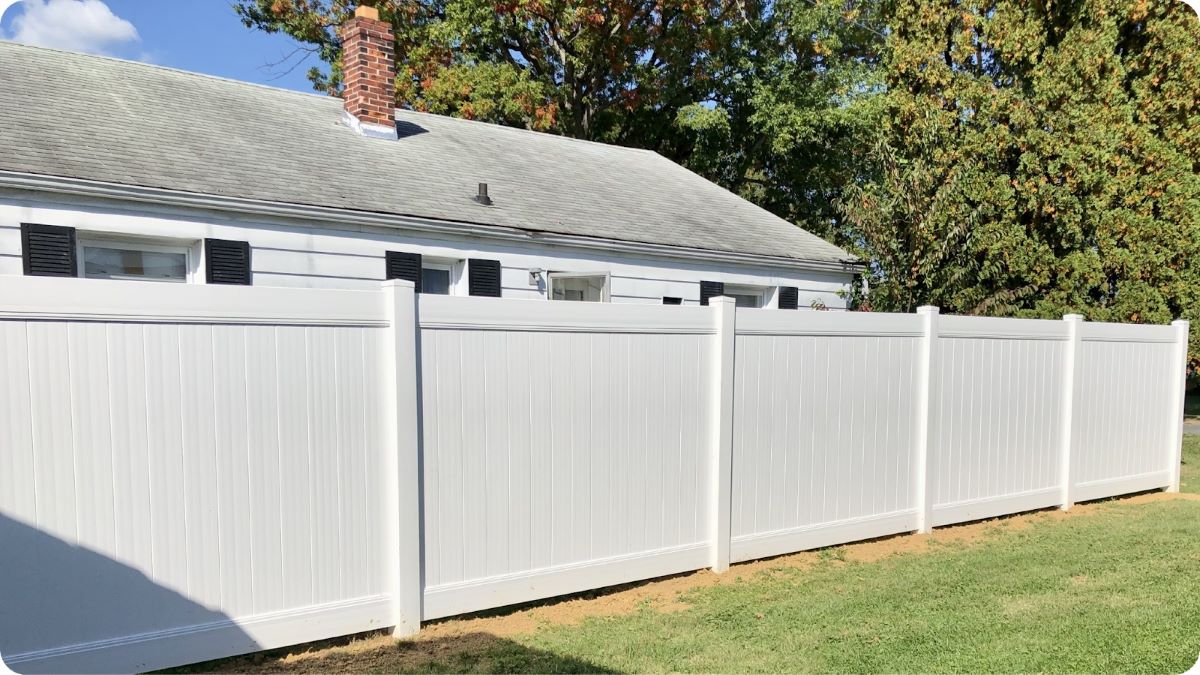
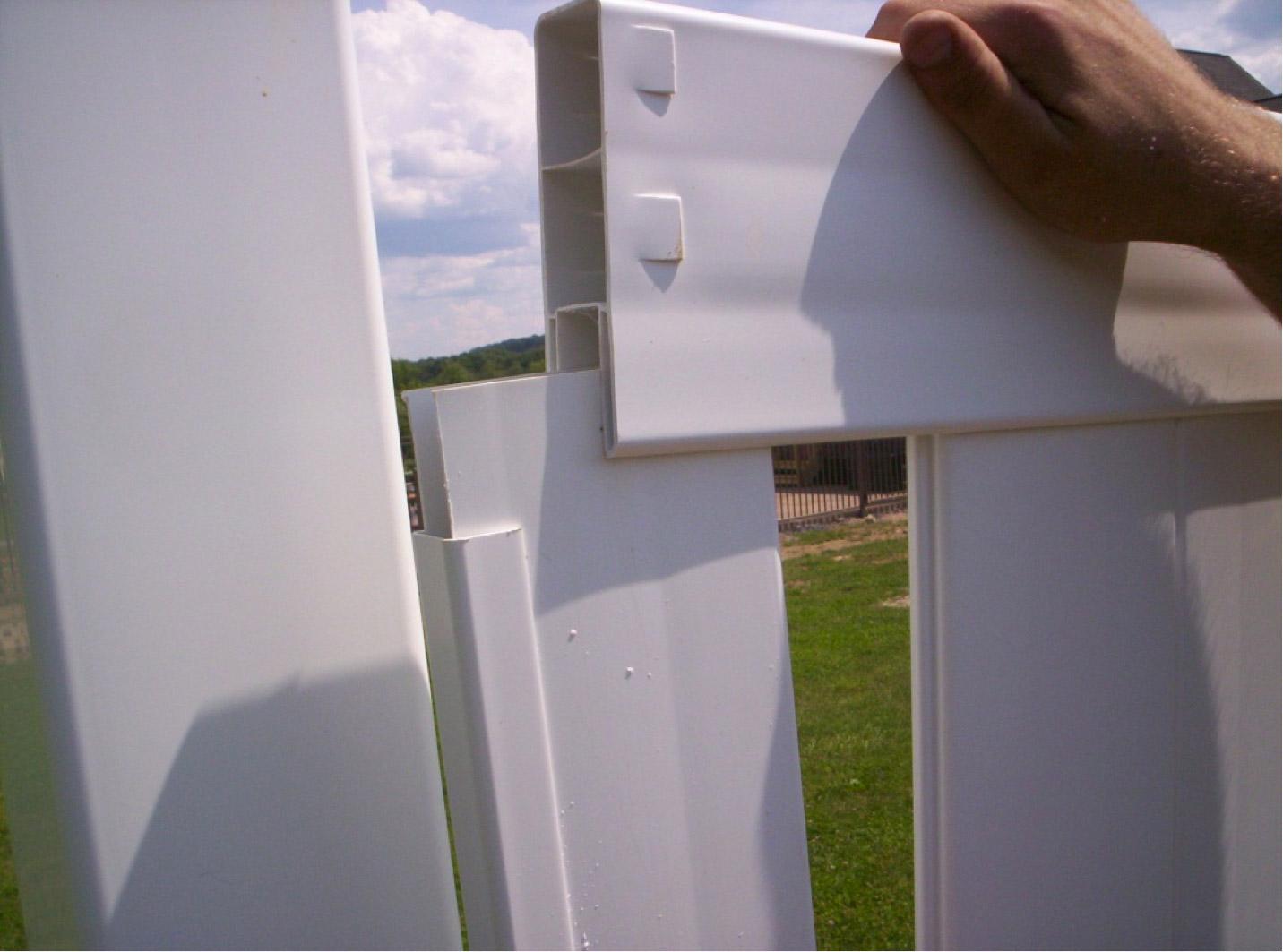
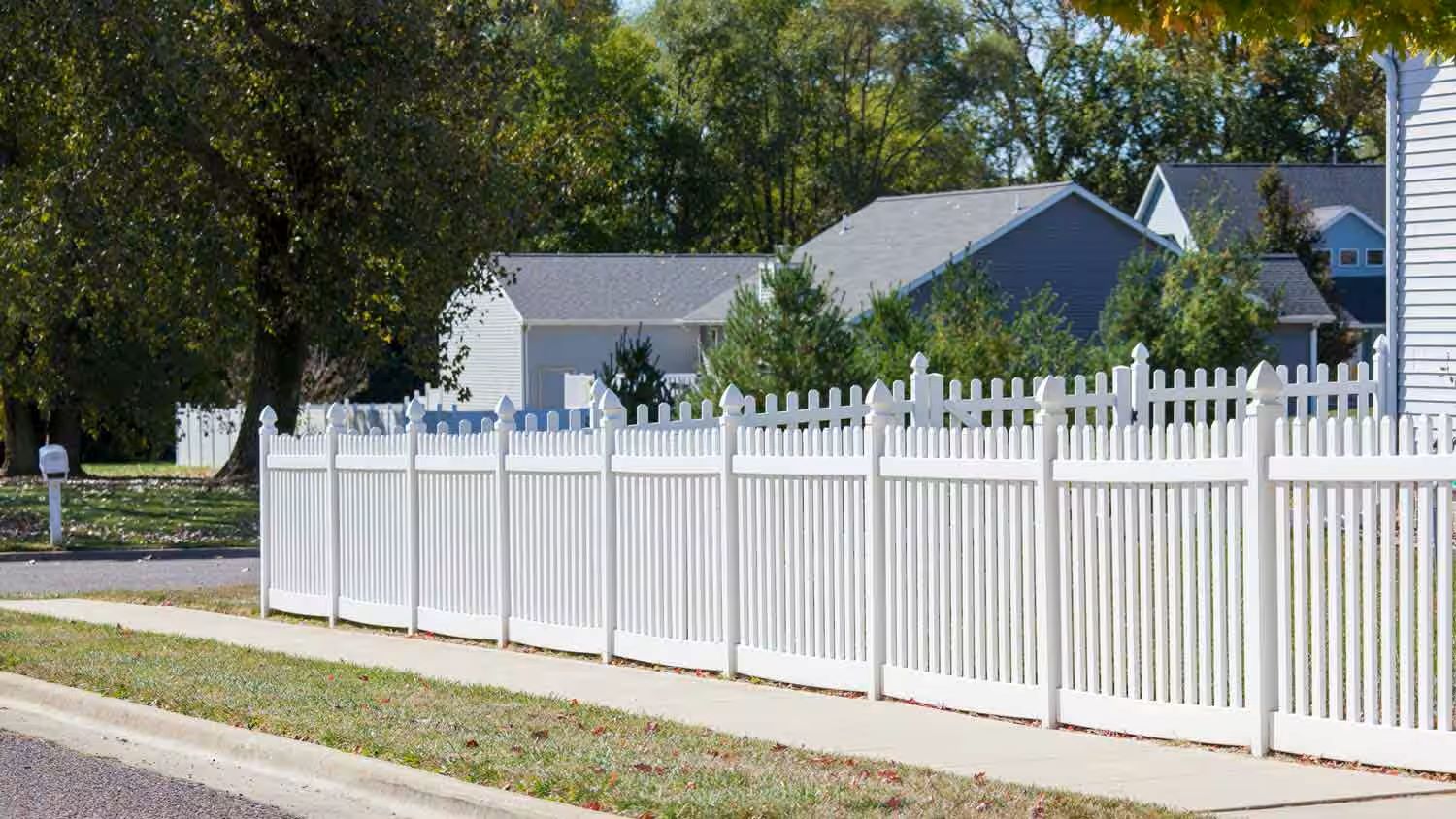
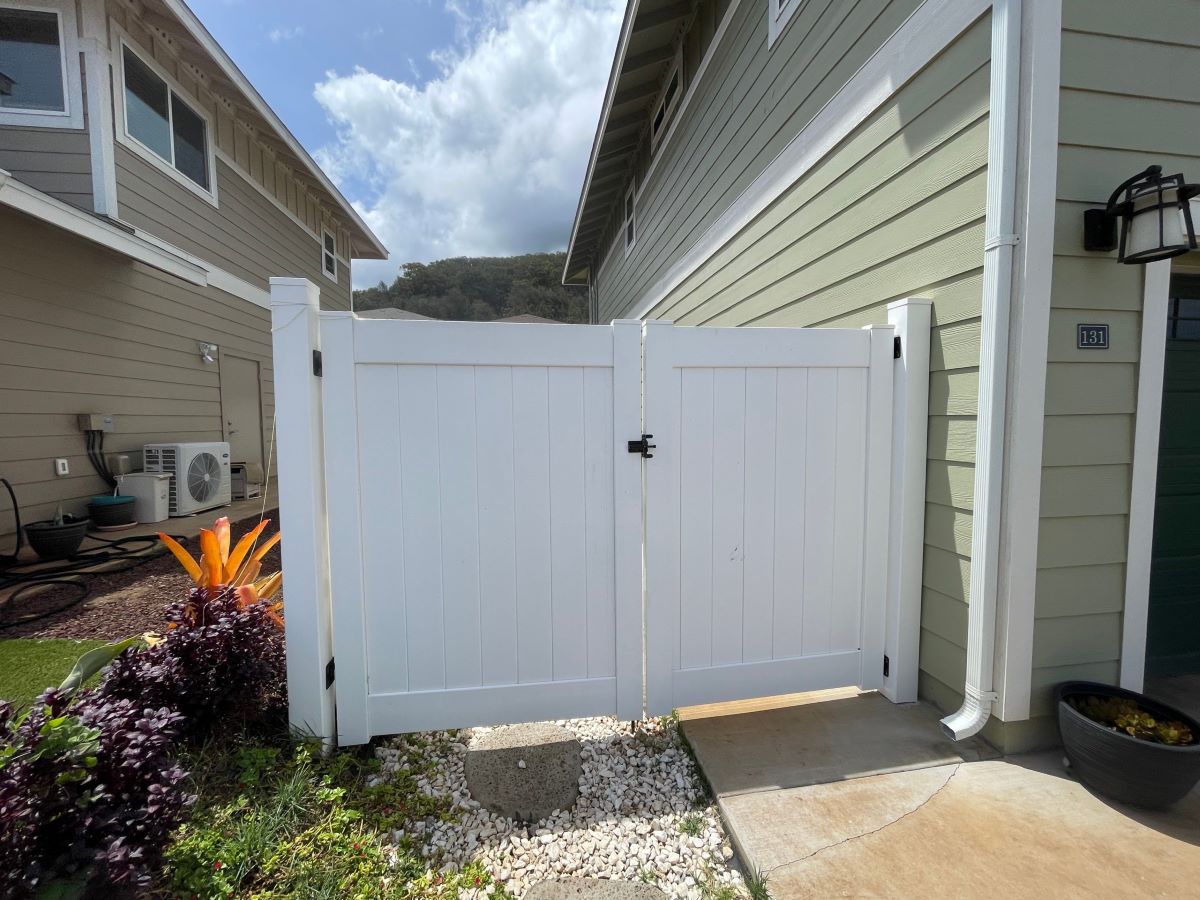
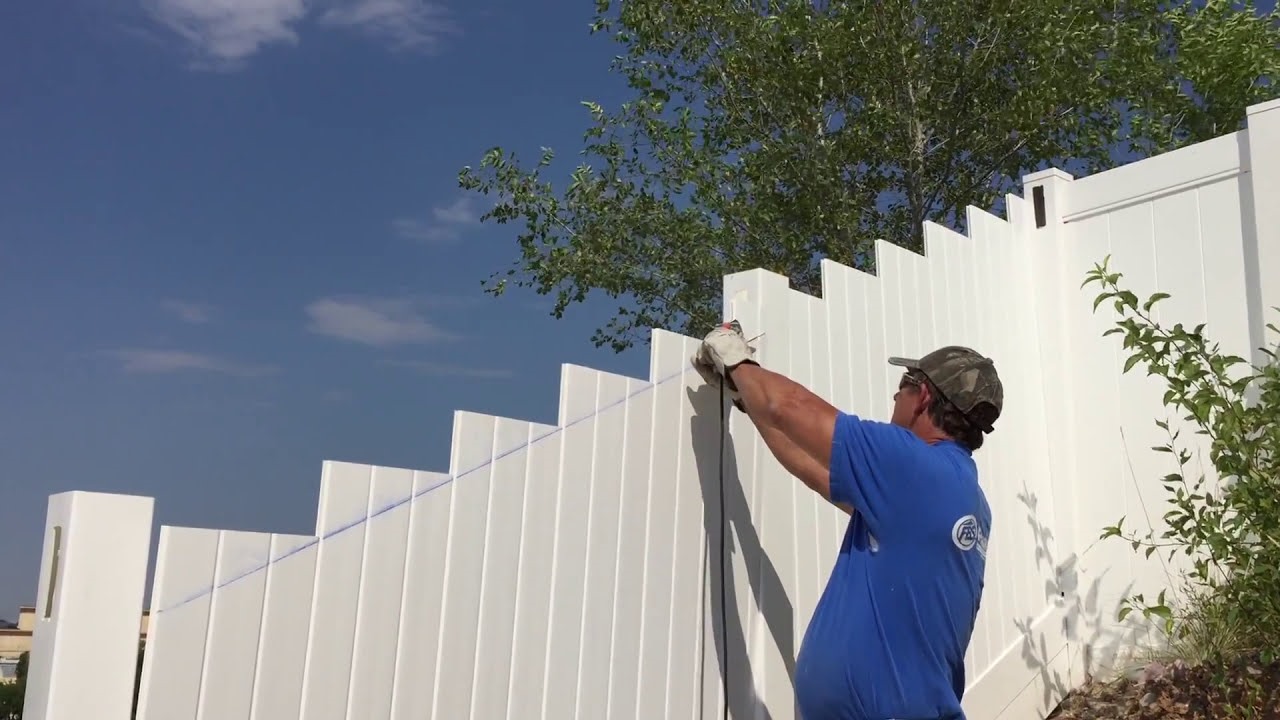
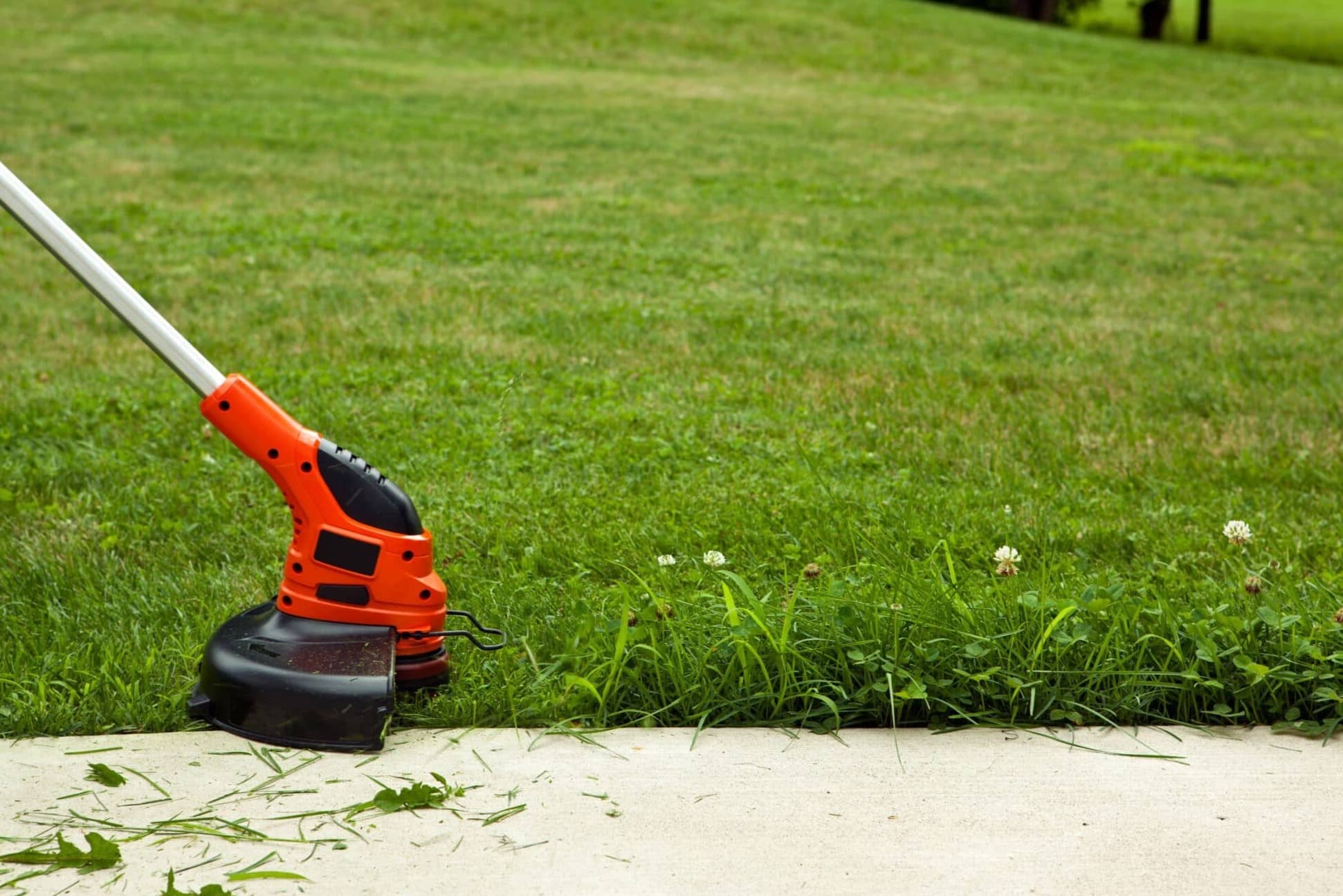
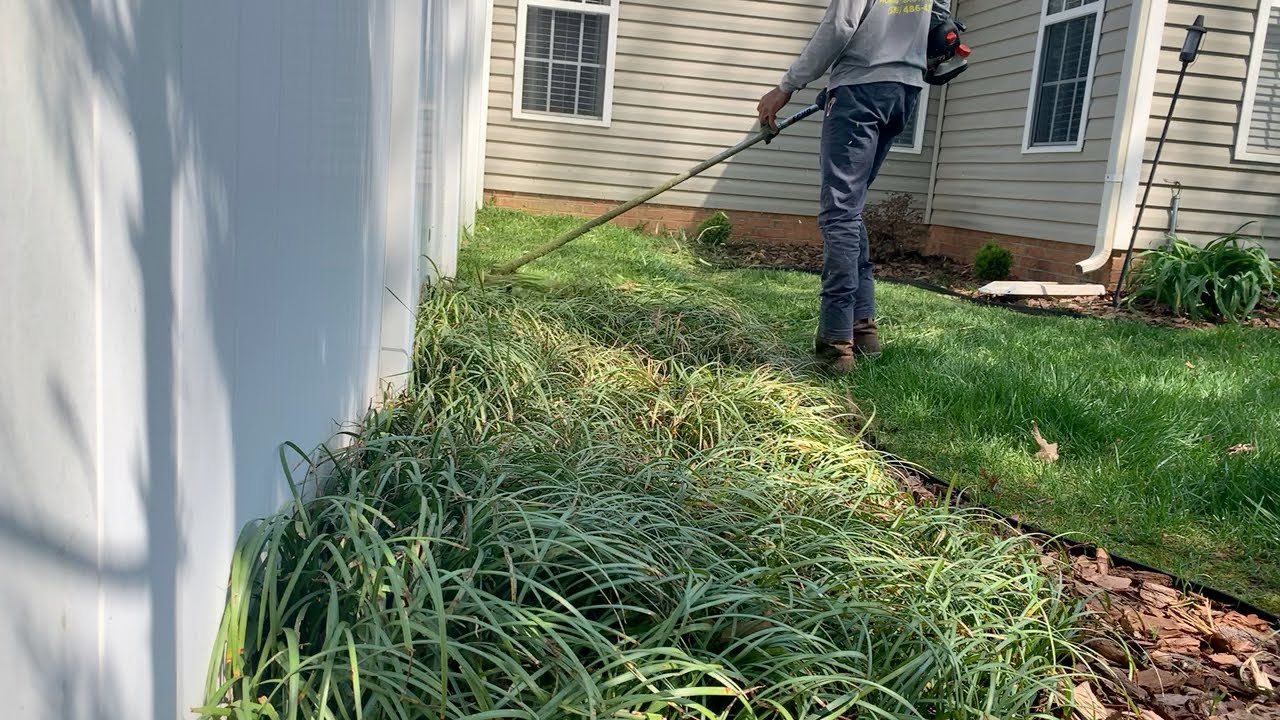
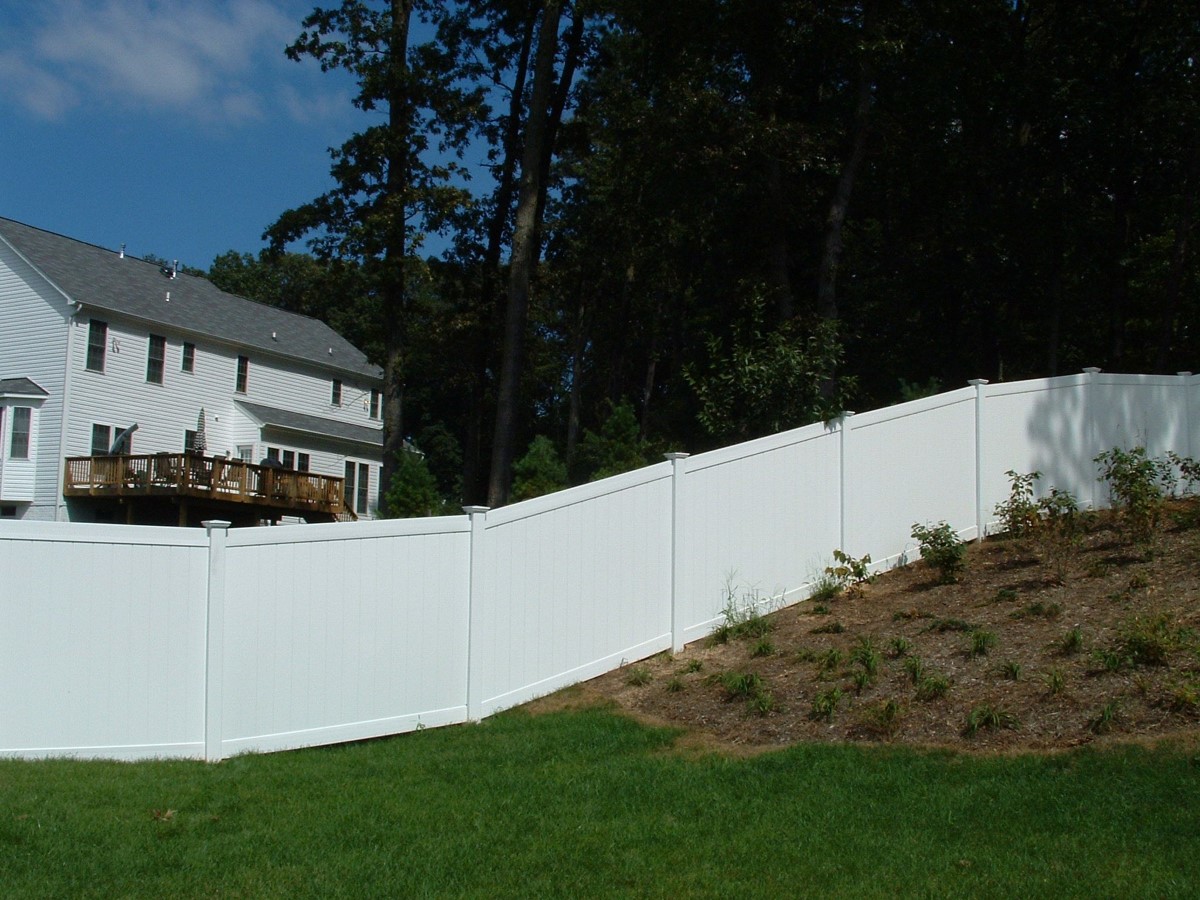
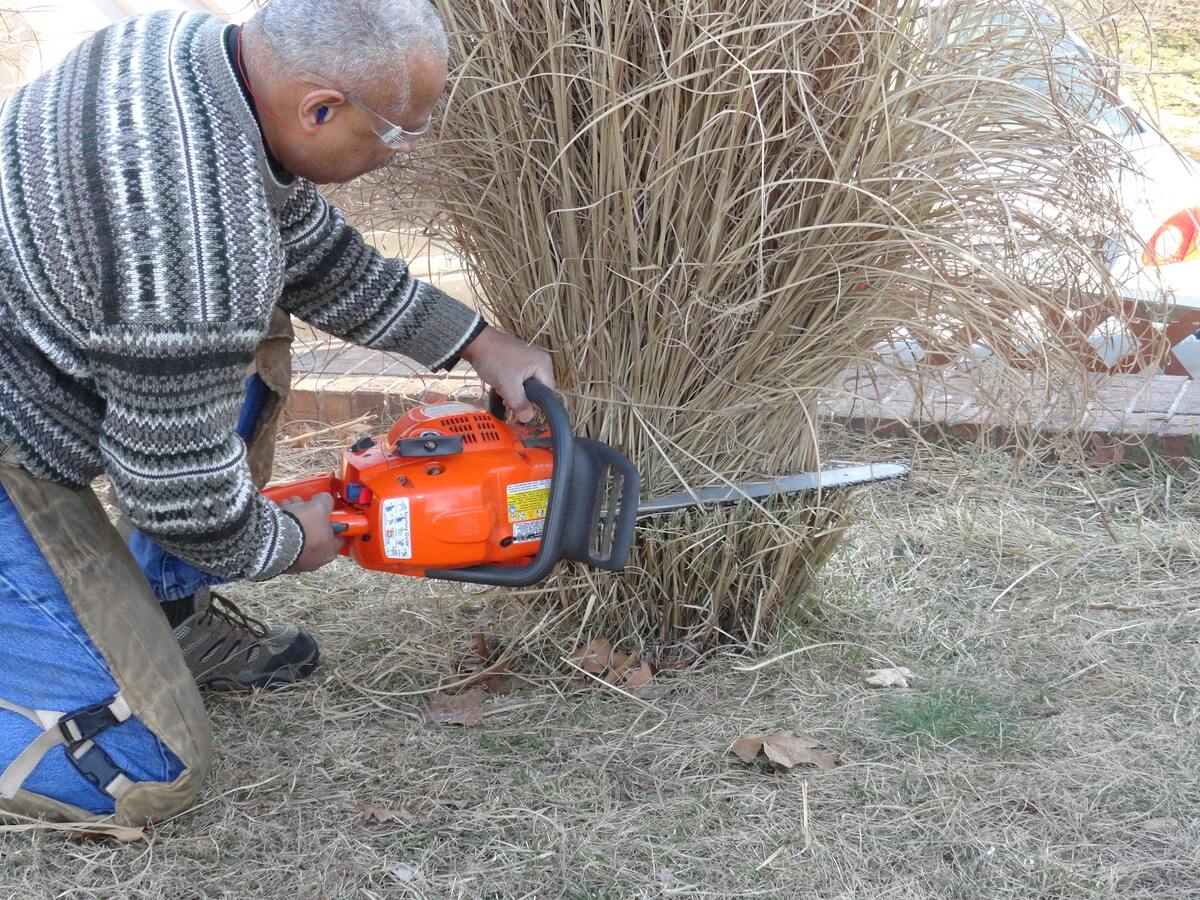
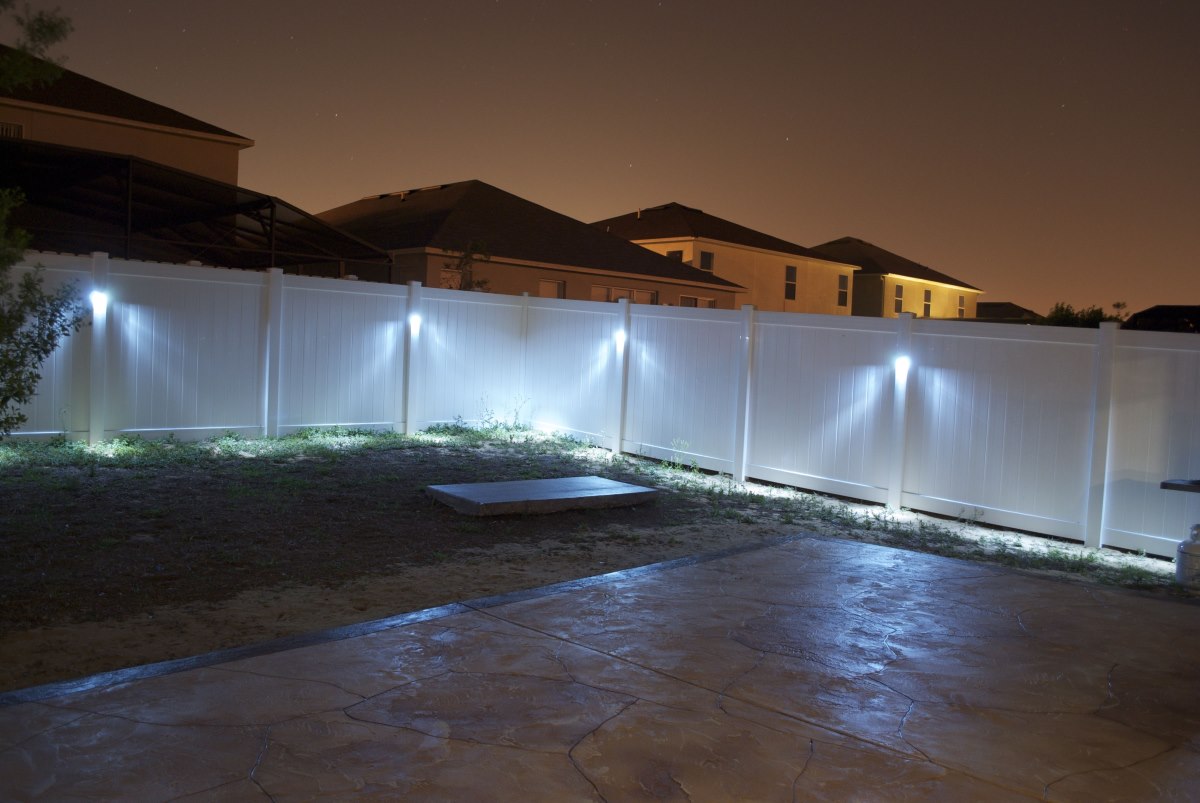
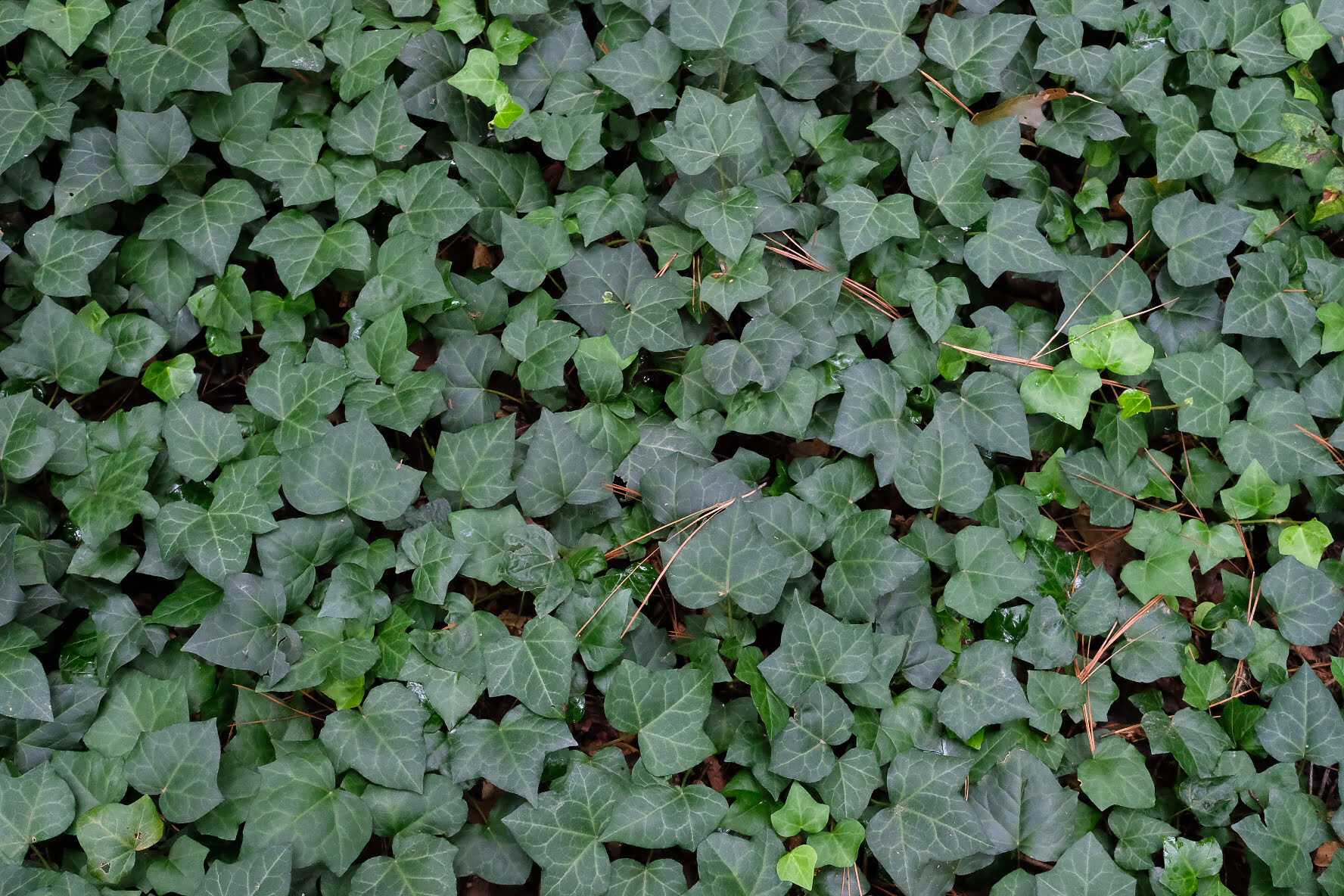
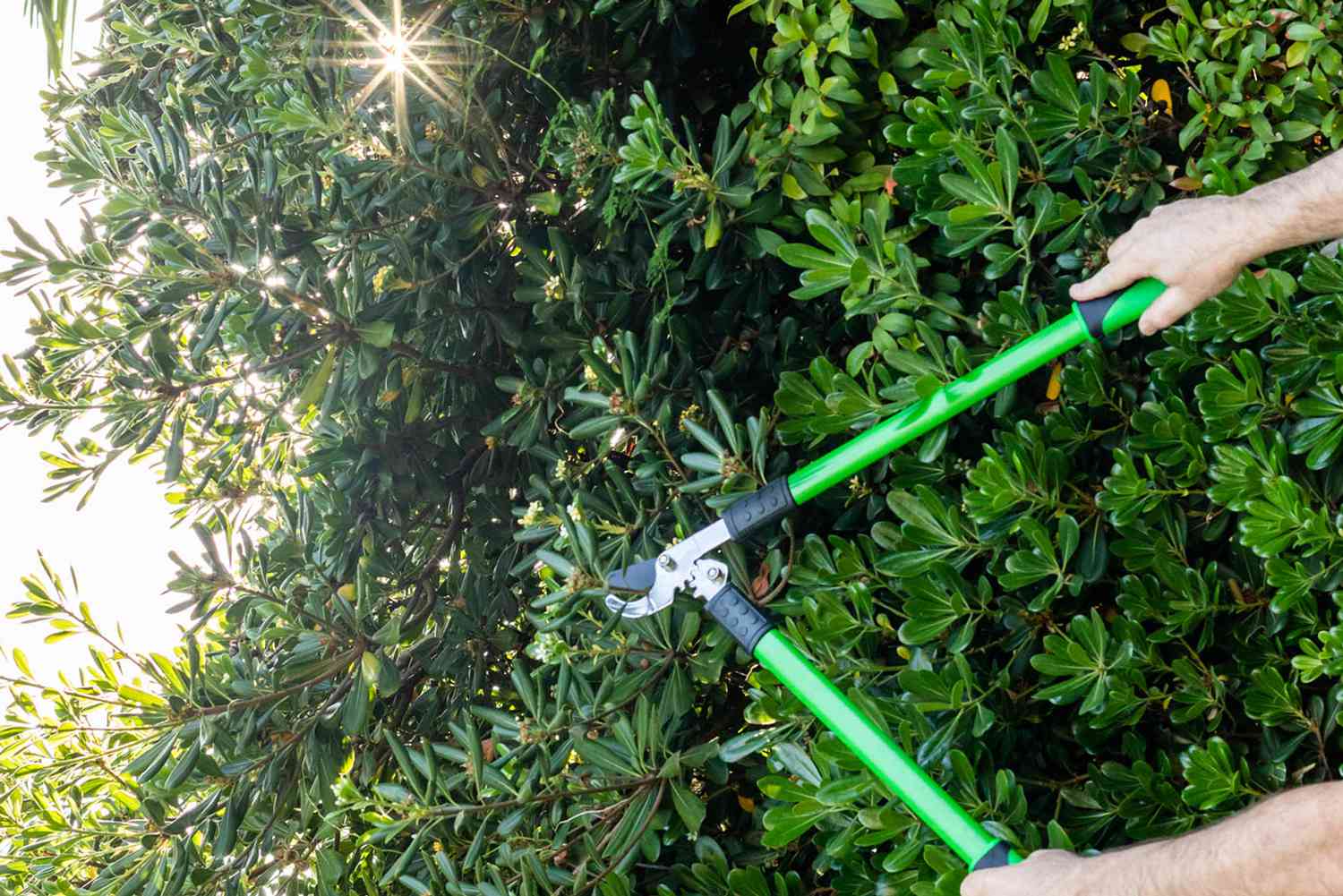
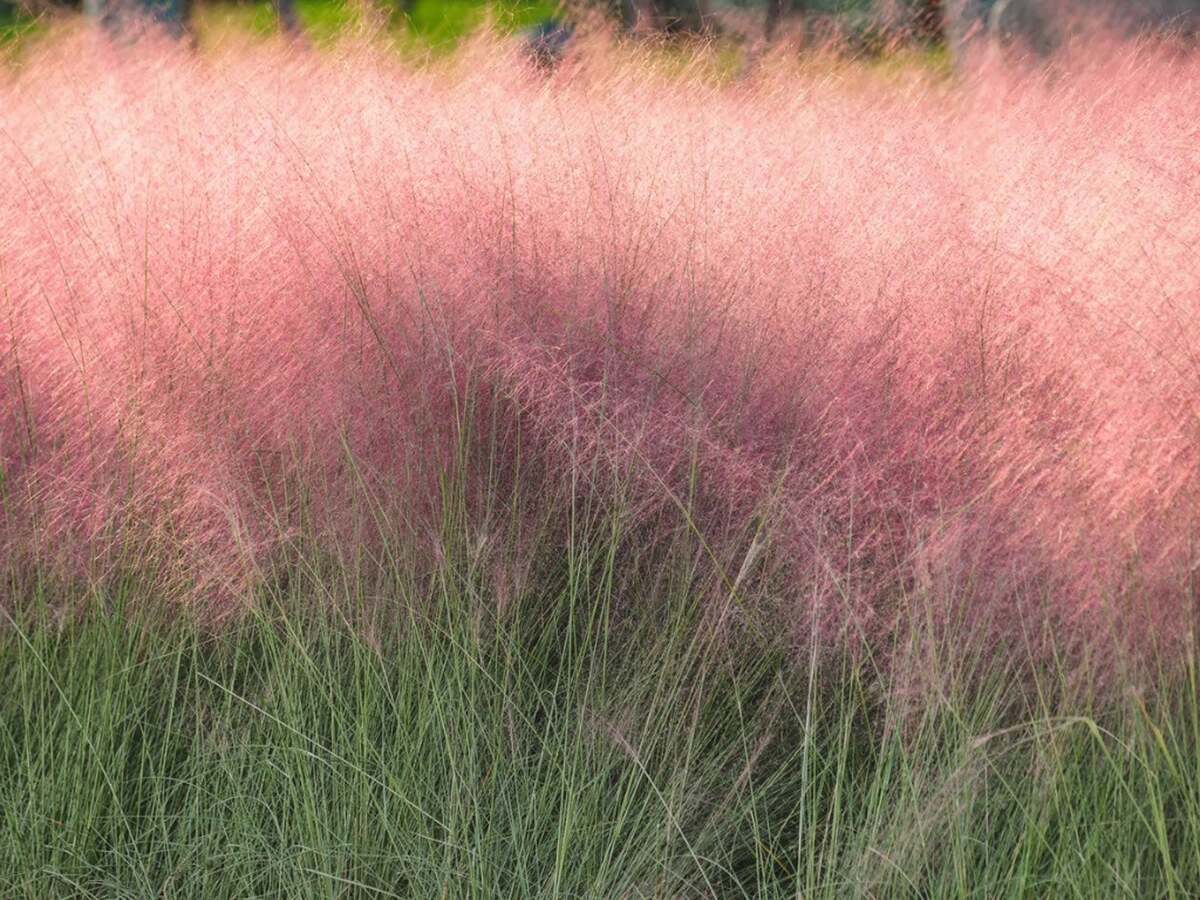
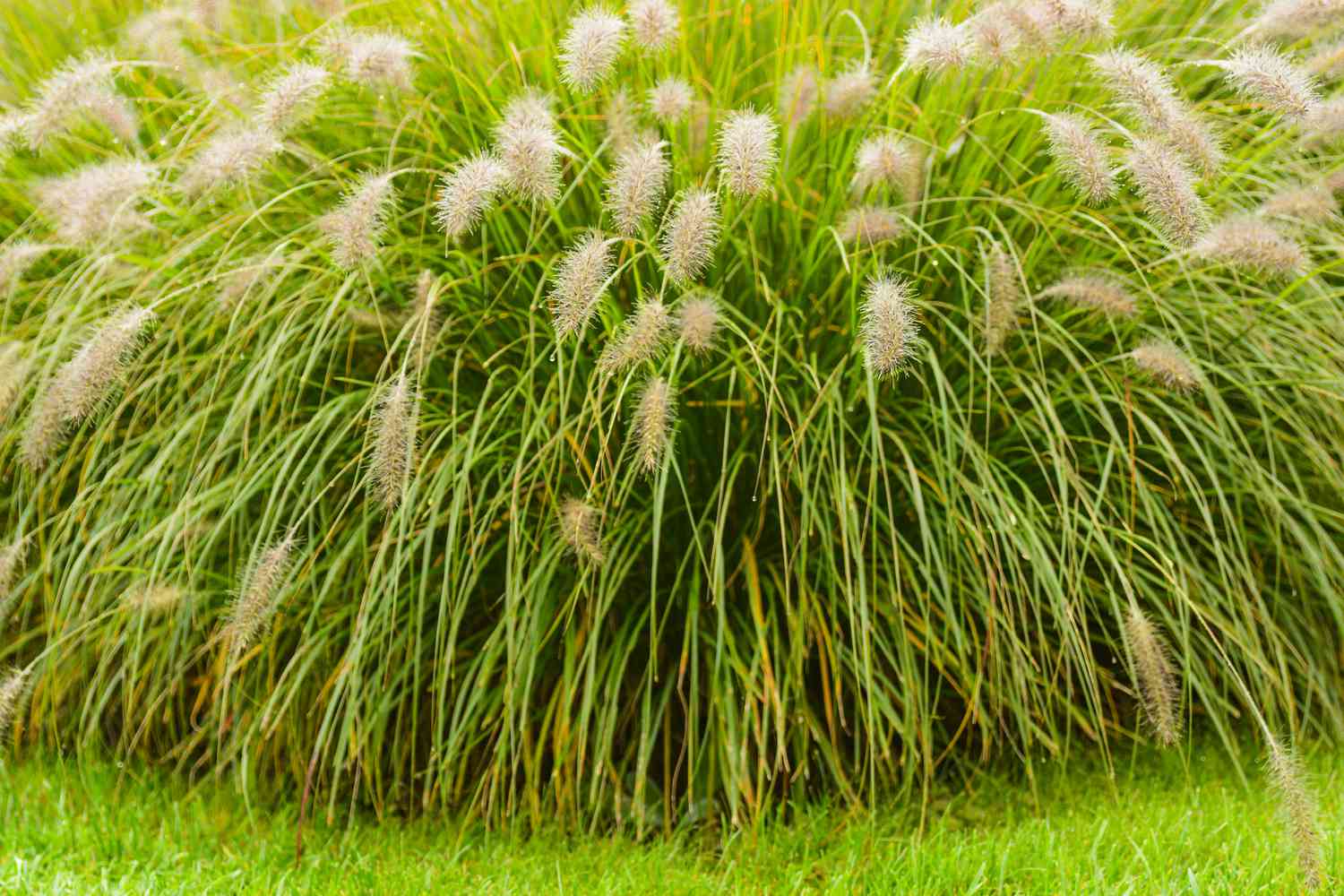

0 thoughts on “How To Trim Grass Around A Vinyl Fence”